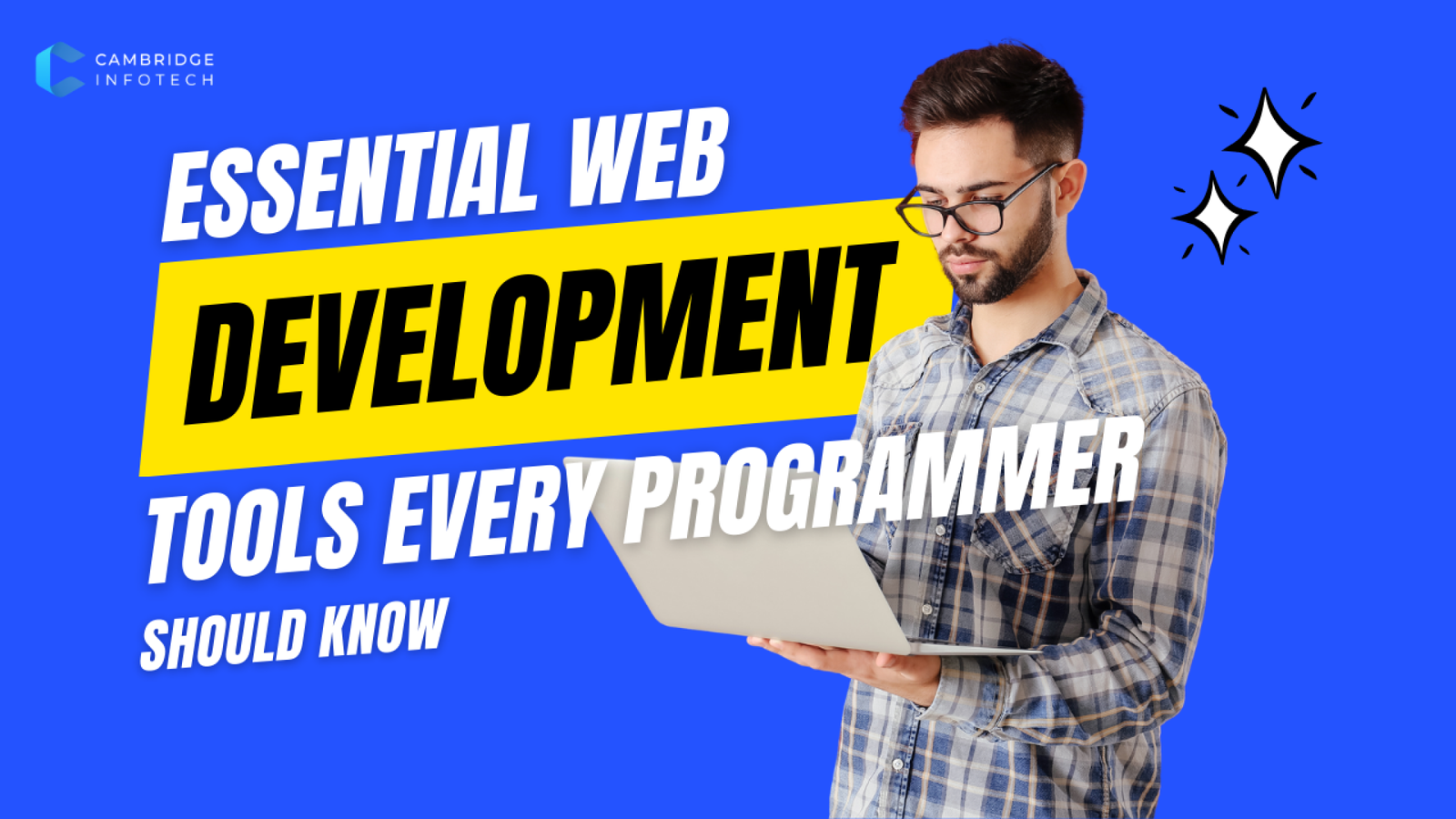Currently Empty: ₹0.00

Crafting Your First Ruby on Rails Web Application: A Guided Journey
Welcome to the wonderful world of web development with Ruby on Rails! Whether you’re a complete beginner or have dabbled in coding before, this guided journey is designed to make building your first web application not only accessible but downright enjoyable. So, let’s dive in, shall we?
Introduction to Ruby on Rails
What is Ruby on Rails?
At its core, Ruby on Rails, or simply Rails, is a web application framework written in Ruby. It’s designed to help programmers build websites and applications by simplifying repetitive tasks. Born in 2005, Rails has since revolutionized web development with its ‘Convention over Configuration’ philosophy and RESTful architecture.
The advantages of using Rails for your projects? It’s incredibly efficient, drastically reducing the time and effort required to go from conceptualizing your application to launching it live. Moreover, its vibrant community and vast library of “gems” (plugins) mean support and additional functionality are always at hand.
Understanding MVC Architecture
Rails is built around the Model-View-Controller (MVC) architecture, a pattern that separates an application into three interconnected components. This separation not only makes your code cleaner but also easier to manage and scale.
- Model: The part that handles data and business logic.
- View: Where your data gets displayed in the user interface.
- Controller: Acts as an intermediary, processing requests from the user, working with models, and displaying the appropriate view.
Getting Started with Rails
To begin with Rails, you’ll first need a conducive development environment. This involves installing Ruby, the Rails gem, and setting up your database of choice. Creating your first Rails project is as simple as running a command on your terminal. And just like that, you’re ready to roll!
Designing Your Application
Planning Your Application
Every masterpiece starts with a blueprint. What’s the purpose of your app? Who’s it for? Sketching a basic design and outlining your application’s flow will give you a clearer picture and a solid foundation to build upon. Highlighting the key features and functionality early on streamlines the development process.
Models and Database Design
Understanding how Rails handles databases is crucial. Your application’s data will live in models, which you can think of as blueprints for how the data should be structured. Rails makes it easy to evolve your database over time through migrations—a way to change the database schema without touching the database directly.
Views and User Interfaces
The Views are your application’s front-end, the interface your users interact with. Rails utilizes ERB (Embedded Ruby) for its view templates, allowing Ruby code to be embedded within HTML. Remember, a clean and intuitive user interface significantly enhances user experience.
Developing Your Application
Controllers and Routing
Controllers are the brain of your application, handling the logic of responding to user requests. Routing, on the other hand, determines how an application responds to a client request to a particular endpoint. It’s like mapping out the pathways within your application.
Implementing Features and Functionality
This is where the magic happens. Integrating models, views, and controllers allow you to develop the core functionalities of your application. Rails is incredibly versatile, whether you’re creating complex algorithms or just fetching data from your database to display to your users.
Enhancing with Gems and Plugins
One of Rails’ strongest assets is its extensive library of gems. These can add functionalities like user authentication, image uploading, or interfacing with APIs without reinventing the wheel. Remember, with great power comes the responsibility of managing dependencies, for which Bundler is an invaluable tool.
Deployment and Beyond
Preparing for Deployment
Before taking your app live, ensure you’ve taken care of security, optimized for performance, and have checked everything off your pre-deployment checklist. Adjusting your application’s configuration for the production environment is also crucial.
Deploying Your Application
Choosing the right platform and setting up your server is the next step. Platforms like Heroku simplify this process, allowing you to focus more on your application and less on deployment complexities.
Maintaining and Updating Your Application
The launch of your application is just the beginning. Regular maintenance, security checks, and updates are crucial for keeping it relevant and secure. Listening to user feedback can also provide invaluable insights for future improvements.
Summary and FAQs
Building your first web application with Ruby on Rails can be exceptionally rewarding. It not only empowers you with valuable coding skills but also opens up a world of digital creation previously beyond reach.
FAQs
Q: What makes Ruby on Rails a good choice for beginners?
A: Its convention over configuration philosophy, vast community, and comprehensive documentation make Rails an excellent starting point.
Q: How long does it generally take to build a basic web application with Rails?
A: Depending on the complexity, anywhere from a few days to a couple of weeks.
Q: Are there any prerequisites to learning Ruby on Rails?
A: Basic understanding of programming concepts and the Ruby language will help, but a willingness to learn is the most important.
Q: How can I find resources and communities to help me learn Ruby on Rails?
A: The Rails community is one of the most supportive. Websites like Stack Overflow, the official Rails documentation, and various coding bootcamps are great starting points.
Q: What are some common pitfalls to avoid when developing your first Rails application?
A: Avoid overcomplicating your application, neglecting testing, and not utilizing version control from the start.
Embarking on this journey might seem overwhelming at first, but like any great adventure, it’s filled with learning and growth. Ruby on Rails is not just a tool for building web applications; it’s a gateway to bringing your unique ideas to life. So why wait? Dive in, start experimenting, and watch as you transform from a beginner to a confident web developer.







